Artemis 1 passes flight readiness review
Original Publication Date: 2022-08-23 10:53
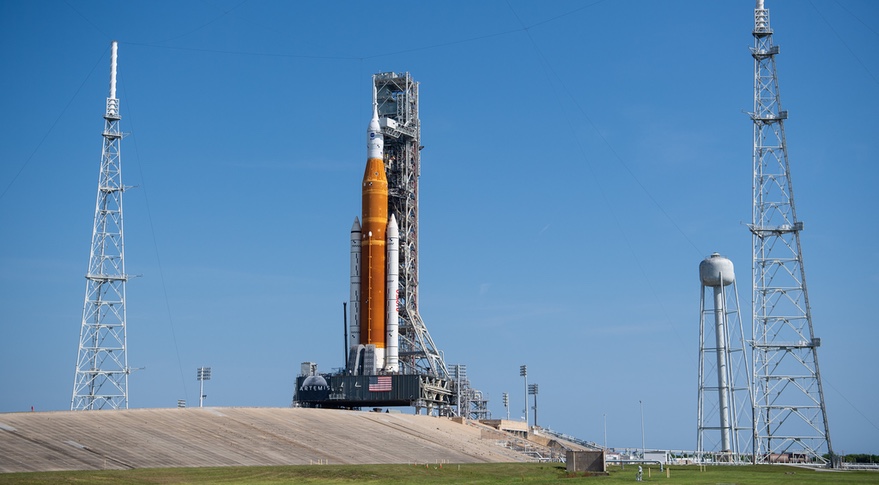
NASA says flight readiness review confirms plans for a launch of the Artemis 1 mission. The uncrewed test of NASA’s Space Launch System and Orion spacecraft moved a step closer to launch. A launch on Aug. 29 would start what is scheduled to be a 42-day mission for the Orion spacecraft.
SpaceX adds Falcon 9 back to second-gen Starlink launch plan
Original Publication Date: 2022-08-22 18:15
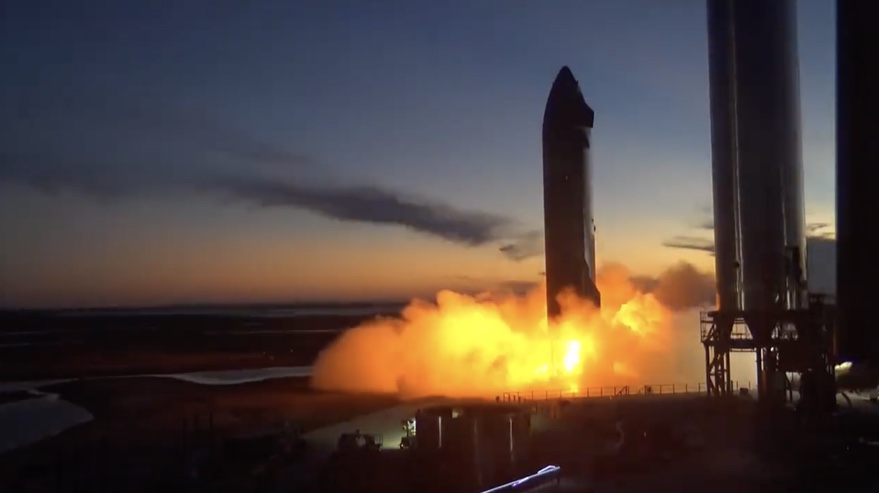
SpaceX has decided to use a mix of Falcon 9 and Starship rockets to launch the 30,000 satellites in its proposed second-generation Starlink broadband constellation. Launching some of the satellites with SpaceX’s “tested and dependable Falcon 9” will accelerate the constellation’s deployment. SpaceX did not say when SpaceX could start launching the second-generation constellation.
Scout Space and university labs win contracts for on-orbit servicing project
Original Publication Date: 2022-08-24 13:00

Scout Space wins two U.S. Space Force contracts worth $250,000. The contracts are for on-orbit navigation, safe approaching and tracking technologies. Scout partnered with Stanford University and the Florida Institute of Technology. Orbital Prime is run by SpaceWERX, the technology arm of the Space Force.
Starship uncrewed lunar lander test a “skeleton” of crewed lander
Original Publication Date: 2022-08-24 10:58
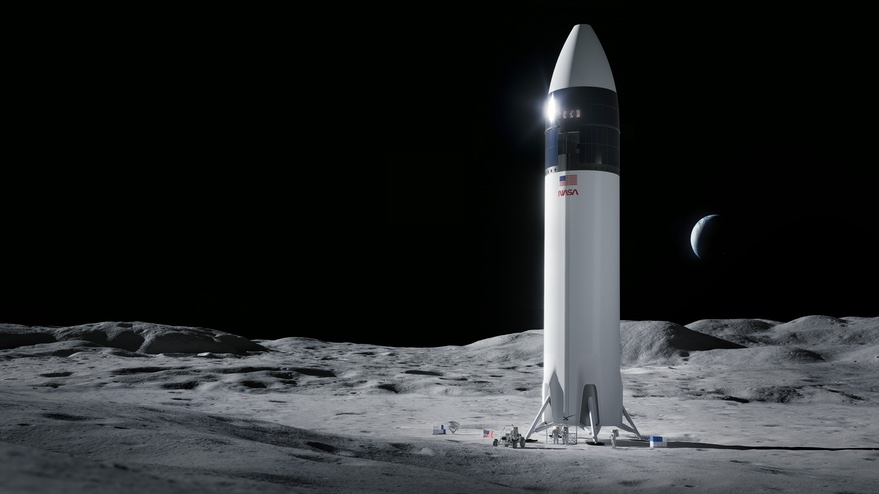
SpaceX Starship will land on the moon an on uncrewed test flight. That test flight may only be a “skeleton” of the version of that will carry people on the Artemis 3 mission. That uncrewed landing, scheduled for no earlier than 2024, is a key test.
Report: Industry has to face reality that commercial satellites will be targets in war
Original Publication Date: 2022-08-23 19:41
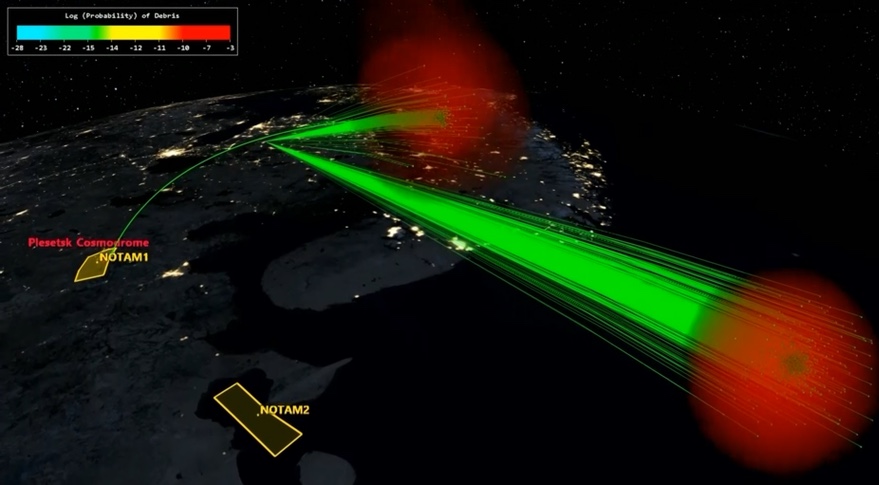
Aerospace Corp. Study: 'In crises and conflicts, commercial space actors risk getting caught in the middle of a tense and escalatory environment' Experts have labeled the Ukraine conflict the first commercial space war. Companies like SpaceX and Viasat have become targets of electronic and cyber attacks.
Axiom taps Epsilon3 software platform for space station development
Original Publication Date: 2022-08-23 19:07
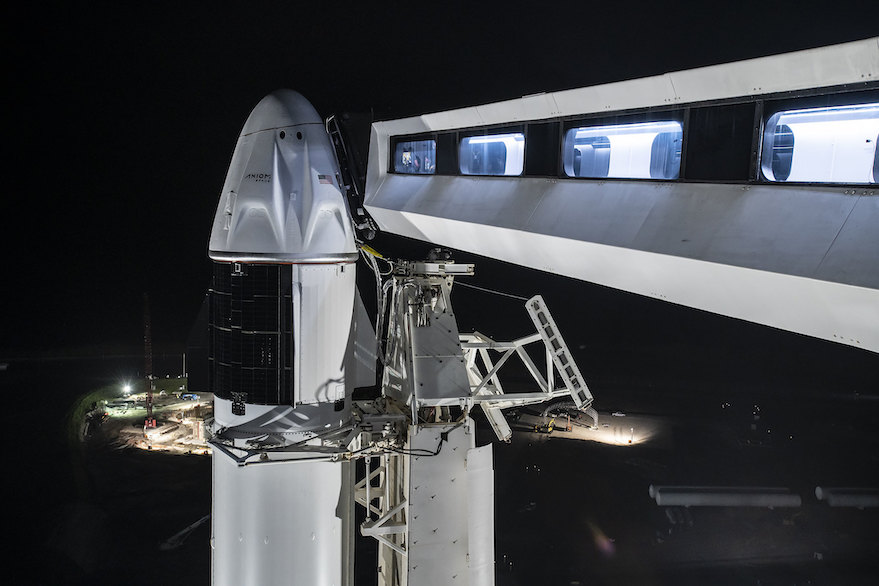
Epsilon3 is building a software platform to help Axiom Space manage plans to deploy commercial modules. Axiom has a long-term ambition to establish the first private space station. The platform will help coordinate Axiom’s ground and on-orbit operations. Epsilon3 recently raised $15 million to expand its project management suite.
NASASpaceFlight.com
The SSLV or Small Satellite Launch Vehicle conducted its launch debut from Sriharikota, India on Sunday, August 7. An issue with the fourth stage resulted in the satellites being deployed in an unusable orbit. The SSLV program’s genesis was a December 2015 National Institute of Advanced Studies proposal to create a “Small Satellite Launch Vehicle-1”
Commercial Archives
SpaceX has launched another batch of Starlink satellites into Low-Earth Orbit (LEO) onboard a Falcon 9 rocket. Liftoff occurred on Friday, August 19 at 3:21:20 PM EDT (19:21:20 UTC) from Space Launch Complex 40 (SLC-40)
International Archives
The third major data release from the European Space Agency’s (ESA) Gaia mission revealed details about the past and future of our solar system’s star. Gaia is a star mapping mission and collects massive amounts of data on the intrinsic properties of the billions of stars present in our galaxy.
Chinese Long March 3B Launches APStar-6C Communications Satellite – Spaceflight101

China conducted a rare commercial launch of a Long March 3B rocket with the APStar-6C communications satellite for APT Satellite Holdings to join their constellation of Geostationary Communications Satellites. Long March 3B lifted off from the Xichang Satellite Launch Center at 16:06 UTC on a mission of under half an hour to lift the spacecraft into an elliptical Geostationary Transfer Orbit.
Blue Origin’s New Shepard Reaches new Heights in latest Test Flight – Spaceflight101

Blue Origin's New Shepard rocket returned to its West Texas testing grounds on Sunday for the eighth flight of its reusable New Shepard launch system. The mission was designed to expand the vehicle’s operational envelope by sending it to a peak altitude of 107 Kilometers, a new record for New Shepard. Sunday’s flight marked the second for this particular set of hardware, following up on the successful December 2017 mission that debuted “Crew Capsule 2.0”
ISS Updates – Spaceflight101 – International Space Station

A veteran NASA spacewalker and an EVA rookie from Japan ended their week with nearly six hours of work outside the International Space Station. The restoration of the Station’s Mobile Servicing System started last year and continued in January to provide Canadarm2 with a new pair of grappling hands.
Featured – Spaceflight101

SpaceX Falcon 9 takes to the skies over Florida’s Cape Canaveral Monday afternoon. The flight-proven Dragon spacecraft will deliver science gear, supplies and maintenance hardware to the International Space Station. It is the first of at least six cargo ships inbound to the U.S. Segment of ISS this year.
News – Spaceflight101

Russia's Rockot booster is set to blast off from the Plesetsk Cosmodrome at 17:57 UTC with the Sentinel-3B multi-function satellite. The rocket will carry the multi-function Sentinel-3B satellite into orbit on Wednesday. The mission is part of Europe's Copernicus satellite fleet.
Re-Entry: Long March 11 Rocket Body – Spaceflight101

The CZ-11 fourth stage used leftover propellant for a partial de-orbit maneuver, lowering its perigee to 120 Kilometers to significantly accelerate its orbital decay. It is reportedly built around a YF-50 main engine and conducts the orbital circularization after the three CZ-11 stages finish their job.
45 Years Ago: Voyager 2 Begins Its Epic Journey to the Outer Planets and Beyond

Voyager 2 carried out the first close-up observations of Uranus between Nov. 4, 1985, and Feb. 25, 1986. It returned more than 7,000 photographs of the planet, its rings and moons, discovering two new rings and 11 new moons. Voyager 2 took advantage of Uranus’ gravity to send it on to its last planetary destination, Neptune.
Voyager, NASA’s Longest-Lived Mission, Logs 45 Years in Space
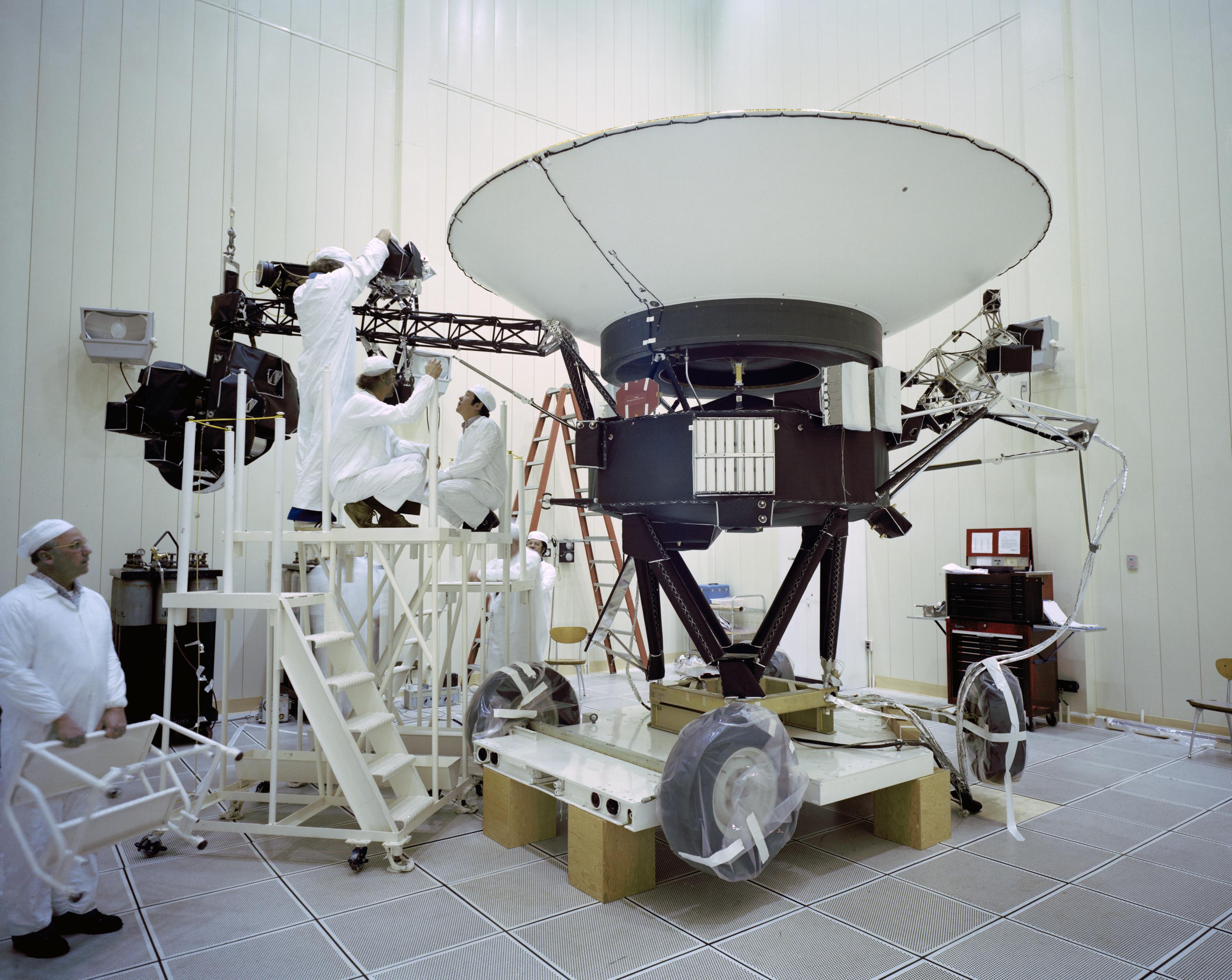
The Voyager probes are the only probes to ever explore interstellar space. Researchers are combining Voyager’s observations with data from newer missions to get a more complete picture of our Sun and how the heliosphere interacts with interstellar space. The Voyagers have about 3 million times less memory than modern cellphones and transmit data about 38,000 times slower than a 5G internet connection.
Test Chamber for NASA’s New Cosmic Mapmaker Makes Dramatic Entrance

The custom test chamber was built by the Korean Astronomy and Space Science Institute. It will be used to test SPHEREx’s detectors (essentially its cameras) and optics (the system that collects light from the cosmos) The chamber is designed to cool the detectors to about minus 350 degrees Fahrenheit.
NASA’s Europa Clipper Spacecraft Kicks Assembly Into High Gear
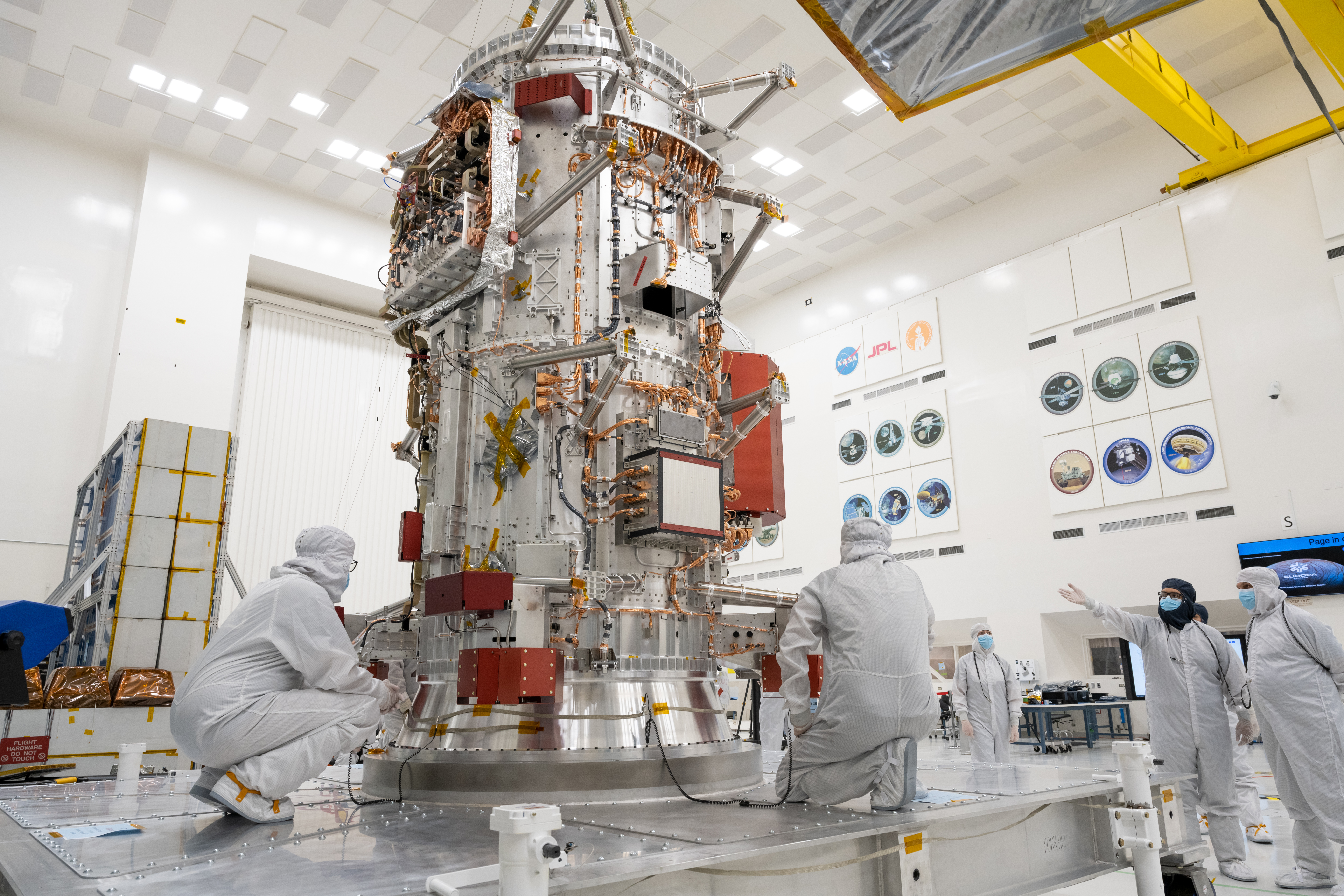
Europa Clipper is not a life-detection mission. It will conduct a detailed exploration of Europa and investigate whether the icy moon, with its subsurface ocean, has the capability to support life. Understanding Europa’s habitability will help scientists better understand how life developed on Earth.
NASA Awards Next-Generation Spaceflight Computing Processor Contract

Microchip is working with NASA on a new trusted and transformative compute platform. Current space-qualified computing technology is designed to address the most computationally intensive part of a mission. Microchip’s new processor architecture offers flexibility for the processing power to ebb and flow depending on current operational requirements.
NASA Studies Find Previously Unknown Loss of Antarctic Ice

Two studies published Aug. 10 reveal unexpected new data about how the Antarctic Ice Sheet has been losing mass in recent decades. One study maps how iceberg calving has changed the Antarctic coastline over the last 25 years. The other study shows in unprecedented detail how the thinning of Antarctic ice as ocean water melts it has spread from the continent’s outward edges into its interior.
NASA to Stream Artemis I Rollout, Briefings on Science, Tech Payloads

Ten shoebox-size secondary payloads, called CubeSats, are hitching a ride to space on Artemis I’s Space Launch System (SLS) rocket. Several other investigations are flying inside the Orion spacecraft during the flight test. Audio of all three briefings will livestream on NASA’s website.
